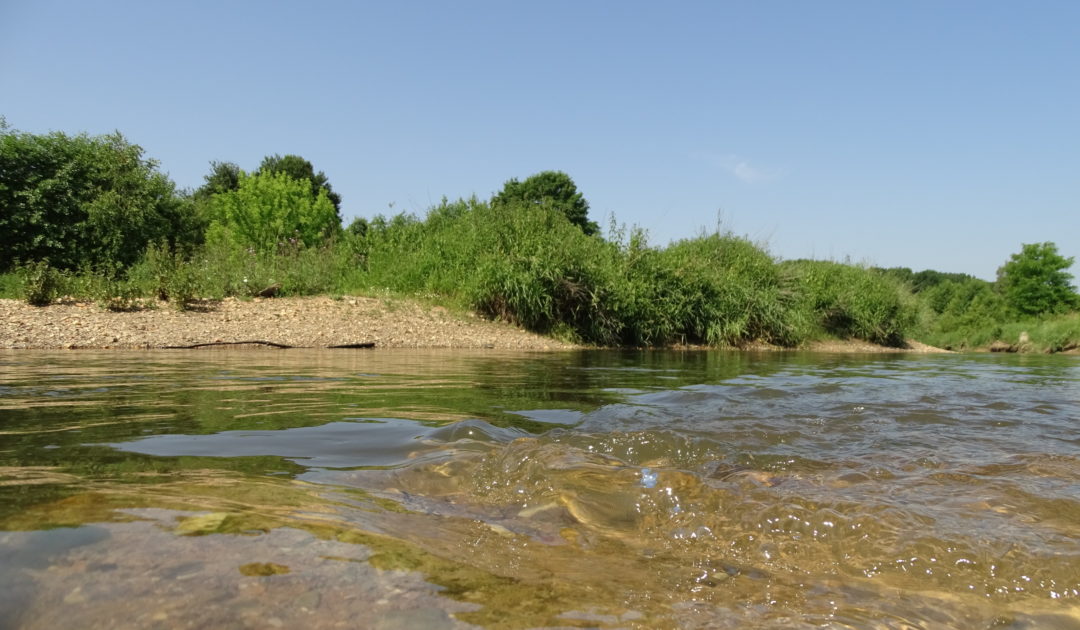River and Floodplain Ecology
Reintroduction of entire river benthic invertebrate communities
Summary
Reintroduction is a commonly used tool in wildlife conservation. Although freshwater ecosystems are among the most threatened worldwide, reintroductions of entire benthic invertebrate communities have never been reported before. This is of particular importance, as in the middle of the last century, many rivers were straightened and heavily polluted, leading to a massive decrease in population sizes or even losses of several benthic invertebrate species. Although many river restoration projects were conducted and a large number of sewage treatment plants were built, the “good ecological” status, the main objective of the EU Water Framework Directive (WFD), is currently not achieved in about 90% of German and Hessian rivers. One reason is a large scale depletion of benthic invertebrate species, way before significant improvements in the ecological conditions of rivers. This is mainly due to limited dispersal capacities of the species reducing the likelihood of a natural return (recolonization) of these species after restoration.The successful recolonization of benthic invertebrates plays, however, an important role in re-establishing the “good ecological status” as demanded by the WFD. The project has thus not only a pilot character, but will also be a suitable example for similar projects in other states and countries.
The aim of the project was the development of a comprehensive method for the reintroduction of entire benthic invertebrate communities in formerly degraded streams that describes the selection of donor and recipient streams, the transfer of specimens, mortality rates, and a monitoring scheme. We applied our method to one stream (10 km2) and one river (1608 km2) in central Germany. In total, we transferred 325,197 and 401,233 specimens from three different donor streams, including 45 (28,682 specimens) and 50 (47,716 specimens) missing reference taxa into each recipient stream and river, respectively. Further details could be found here:
https://www.sciencedirect.com/science/article/abs/pii/S0075951119301148

